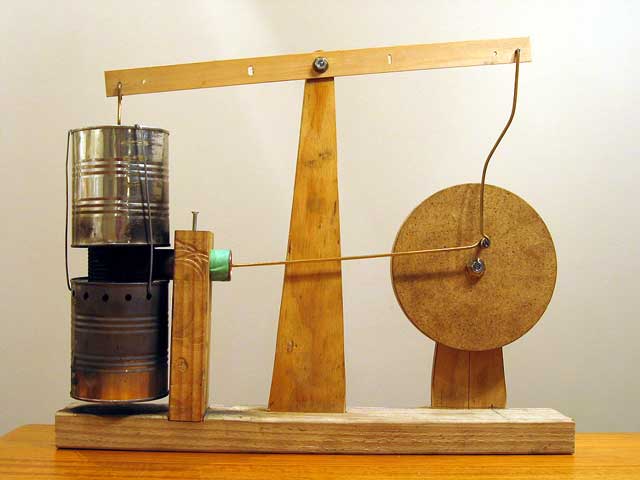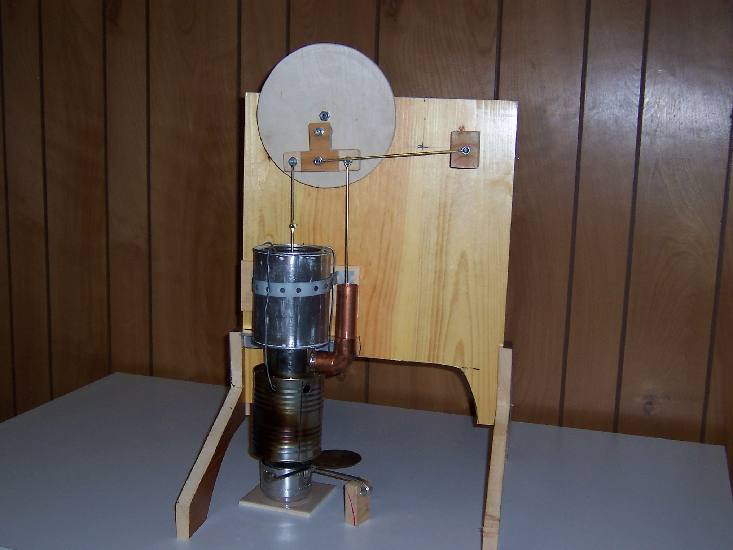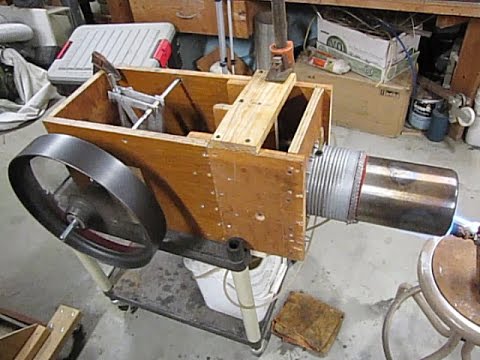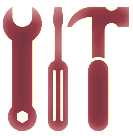|
One of the most significant events of modern history has been the industrial revolution. The invention of the steam engine, and of machines in general, have transformed both the economic and social life of people the world over. Indeed, societies which have been able to harness the power of mechanical devices and to engineer machines to solve problems such as in areas of production, have seen tremendous improvements to their people’s lives and livelihoods. Machines, with its transformational benefit in terms of overcoming the physical limits and constraints of human labour, provide solutions in work situations where issues of stamina, safety and strength are present. Despite opposition from some relating to the labour substituting challenges brought on by machines, there is an undeniable truth that the complementary use of machines with people does point towards it being an overall positive for all of us.
Imagine the possibilities then that if anyone can tap on the power of machines wherever they are by building simple yet productive versions of these tools on their own. People in farms can employ them to do a substantial portion of their physical work and will have more time and energy for their families and to come up with new ways to increase their income. The mechanical principles involve in building, for instance a Stirling Engine, is not complex. And with the abundance of modern materials in today’s world, building one for personal economic use with the recycled materials that are available all around us is I believe both cost effective and feasible. This is especially true for people living in areas that lack access to modern infrastructure and where manual labour is still the predominant approach to getting work done due to a lack of knowhow regarding machine applications.
The Stirling Engine is an ideal first candidate for such a change because of its relative simplicity. More importantly, it is also the invention that solves the most basic problem facing all pre-modern societies. That of effectively converting energy (from various sources) into actual physical work. This solution made possible by the engine is what propels the change resulting from the industrial revolution, thus reflecting the significance of the problem that it solves.

|

 Ho Chi Minh City, Vietnam
Ho Chi Minh City, Vietnam









 Contact the Creator
Contact the Creator